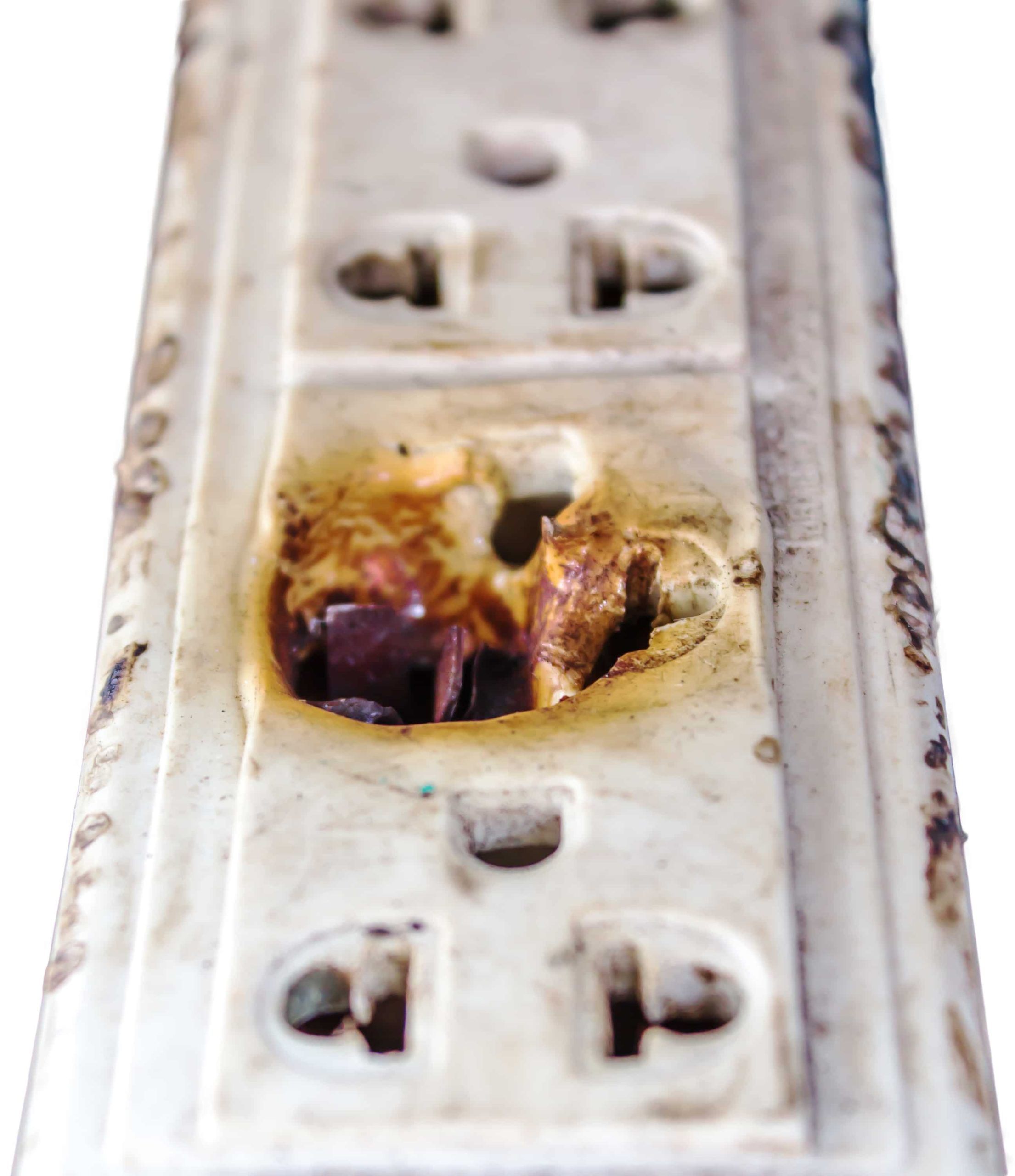5 Reasons Why Your HVAC Unit is Loud Do you find your HVAC unit excessively…

Extension Cord Safety at Home
Extension cords can be useful tools for plugging in electronics, lights, and appliances when there’s not an outlet close by. But extension cords can also pose serious safety hazards in your home. According to the Electrical Safety Foundation International (ESFI), extension cords cause about 3300 home fires every year. And each year, those extension cord fires are responsible for killing 50 people and injuring 270 more. Extension cords can also cause electrocution hazards. To help keep your home and family safe, here are some dos and don’ts for using extension cords at home.
See Also: Surge Protection for You HVAC
Don’t Use Extension Cords for Heating or Cooling
Before purchasing a window air conditioning unit, check to ensure that the unit’s cord will be able to reach an electrical outlet. Never use an extension cord to make up the difference. Ardmore Fire Marshal Clyde Ellis, speaking to The Daily Ardmoreite in August 2011, said that his fire department had dealt with three house fires in the past month that were caused by extension cords connected to window air conditioners.
According to the fire marshal, when window units run for long periods during extreme heat, it causes the extension cords to overheat and catch on fire. Obviously, the time when you’ll need an air conditioner unit the most is when it’s hot outside, so save yourself from fire and waste by making sure you have an electrical outlet close enough to the window before purchasing a unit.
ESFI also advises that you should never use extension cords with any kind of heater or with fans. In both cases, the extension cord can overheat and cause a fire. As with window units, these heating and cooling devices should be plugged directly into electrical outlets.
See Also: Ductless Systems
Do Choose the Right Extension Cord for the Job
Extension cords come in many different types, and it’s very important to use the right type for whatever you need to plug in.
- Never use an indoor cord for outdoor use.
- If the item you need to plug in has three prongs, make sure you use an extension cord with three prongs and plug it into a three-prong outlet. Never, ever cut off or remove the third prong.
- Be sure that the extension cord you’re using can handle the amount of electricity that the device will draw. To do this, you’ll need to check the amperage and the gauge of the extension cord.
- Remember that the LOWER the gauge, the more electrical current the cord can handle. ESFI states that you should only buy extension cords that have been “approved by an independent testing laboratory” such as Underwriters Laboratories (UL), in order to help ensure that the cord can actually handle the current that it’s rated for.
See Also: OSHA Extension Cord Rules
Don’t Use Extension Cords in Unsafe Places
Extension cords should never be used anywhere near water or where it is damp because that can cause an electrocution hazard. Also, never run extension cords under rugs or furniture because those items can trap heat inside of the extension cord, ultimately causing it to overheat and start a fire. For the same reason, ESFI warns that you should not run extension cords anywhere else where heat could be trapped, such as under floors, through walls, or above ceilings.
See Also: Use Extension Cords Properly
Do Inspect Extension Cords Regularly
Carefully check all extension cords for damage before using and on a regular basis during use. ESFI recommends checking for “cracked or frayed sockets, loose or bare wires, and loose connections.” If there’s any visible damage, you should stop using the cord immediately. Another sign of damage is that the cord, plug, or socket feels hot during use. The Consumer Product Safety Commission (CPSC) warns that if any of these parts begin to feel hot, you should immediately quit using the extension cord and throw it out.
Don’t Use Extension Cords More Than Necessary
Extension cords should not be used as replacements for adequate electrical wiring and outlets in your home, which means that they should be temporary fixes, not permanent solutions. If you find yourself frequently using extension cords, talk to a licensed, qualified electrician about adding new outlets. And when an extension cord is not in use, it should always be unplugged. According to the CPSC, a plugged-in extension cord always has electrical current running through it, so it can overheat and catch on fire if there’s a short, even when it’s not in use.
See Also: Type C Fire Extinguishers
Don’t Mistreat Extension Cords
Avoid creating fire or electrocution hazards by protecting your extension cords from damage. Never drive over or drag extension cords. State Farm Insurance warns that when you unplug an extension cord, you should grip the plug—don’t pull on the cord itself. And never use nails, staples, or tape to attach extension cords to floors or other surfaces. You should also avoid chaining extension cords together. In particular, ESFI advises that multiple-outlet “power strips” should always be plugged directly into an outlet—not chained with other extension cords or strips.


